Jaguar Land Rover celebrates the Ingenium engine production milestone with a new, advanced offering.
Story by: Ashish Bhatia
Jaguar Land Rover hit a production milestone as it rolled out the 1.5 millionth engine of the Ingenium family since production first began in early 2015. Celebrating the milestone at the engine manufacturing centre in Wolverhampton, United Kingdom, the Original Equipment Manufacturer marked the celebrations with a new, advanced powertrain offering to add to the ultra-efficient range of clean and electrified powertrains for all Jaguar and Land Rover models. A new six-cylinder diesel engine is the latest in the family lineup of clean, refined and efficient diesel, petrol and electrified engines aimed at maximising performance. In a dual benefit, the Ingenium range is claimed to reduce the environmental impact and running costs for customers. Ken Close, Launch Director at Jaguar Land Rover Powertrain Operations mentioned, “We are experiencing an unprecedented demand for cleaner-running vehicles, so it’s more important than ever to deliver clean and efficient engines without compromising on the performance or all-terrain capabilities our customers have come to expect.” The indigenously built engines boast of an all-aluminium engine design that is modular and flexible. The scalable architecture shares core technologies.
New Ingenium
From the first Ingenium engine to go into production, the two-litre engine – AJ200D to the new addition a six-cylinder diesel engine, better fuel efficiency and lower emissions besides a greater torque for a more responsive and engaging drive have been achieved. The 48V MHEV system is said to provide torque assistance during stop/start aimed at enhancing efficiency and offering ride smoothness. Offering a peak rated power of 300Ps and a peak torque of 650 Nm, the new Ingenium is claimed to offer a 13 per cent CO2 emissions reduction over the outgoing TDV8. The RDE2 (Euro6d) second-step real driving emissions-compliant emissions regulations compliant engine with its aluminium architecture is 80 kg lighter compared to its predecessor. The twin electric variable nozzle technology allows 90 per cent of peak torque to be delivered in a little over a second at 2000 rpm. The advanced fuel injection system, operating at 2500 bar, delivers up to five injections for every engine cycle. O.8 milligrams is delivered in 12 microseconds. In keeping with the low friction design of the Ingenium family, steel pistons and advanced Exhaust Gas Recirculation (EGR) are credited for the optimised efficiency.
Claimed to offer enhanced performance, smoothness and efficiency, it will power the new Range Rover and new Range Rover Sport. The advanced in-line diesel engine is a mild hybrid and joins the range of clean and efficient six-cylinder petrol and four-cylinder petrol and diesel engines manufactured at Jaguar Land Rover’s West Midland facility. Supporting the company’s long-term commitment to reduce vehicle emissions and improve fuel economy across the vehicle range, it reaffirms the commitment to reduce emissions in line with the ‘Destination Zero’ mission. The latest six-cylinder diesel shares its manufacturing facilities with the three-litre, six-cylinder petrol engine launched last year (2019). The shared facilities include machining of the key architecture, cylinder head, cylinder block and crankshaft. It also shares the assembly and testing infrastructure.
Evolution
The Ingenium technology will continue to evolve and better the six key features the first-generation was built upon. These included roller bearings on cam and balancer shafts over machined bearing surfaces. Computer-controlled variable oil pumps meant the availability of the optimum amount of oil at all speeds, engine loads and temperatures. The computer-controlled variable water pumps adjusted the coolant flow based on temperature, speed and driving conditions. The split circuit (two-paths) cooling system offers the benefits of lowered emissions for fast warm-ups and quicker cabin heating especially in case of lower temperatures. A simplified drive system was designed for higher modularity. Crankshafts were designed to offset from the centre of the block. The electronically controlled piston jets were designed to improve oil pump circuit efficiency. The engine thereby reached operating temperature quicker and helped reduced emissions.
Jaguar Land Rover will continue to advance the electrification of the model line-up. The OEM is also aiming to establish a concept hydrogen fuel cell powertrain solution. At the engine manufacturing centre that houses the assembly of Electric Drive Units (EDUs), the arrangement is such that there is full flexibility between the new petrol and diesel engines and EDUs. This paves the way for customers to make an easy switch from conventional to electrified vehicles. The electrification drive is expected to take advantage of the maturing electrification ecosystem in the Midlands. For instance, it will leverage the proximity to an advanced Battery Assembly Centre at nearby Hams Hall known to assemble PHEV and BEV batteries. ACI





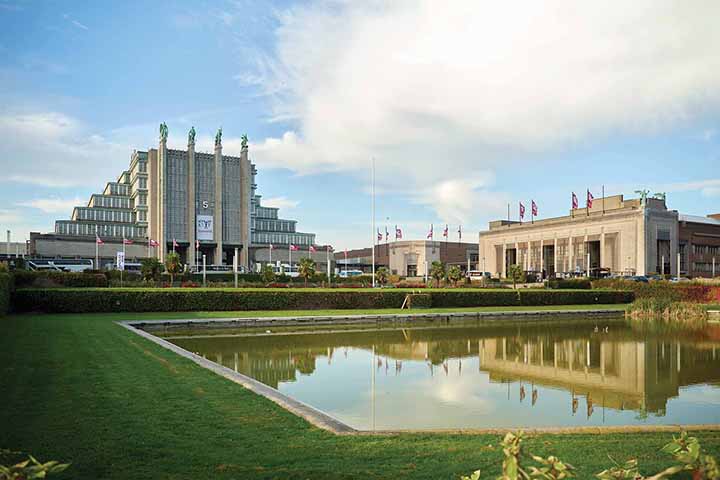
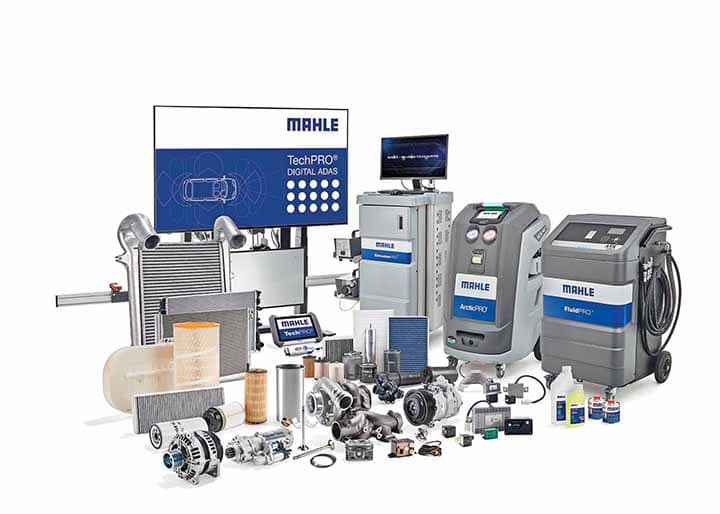

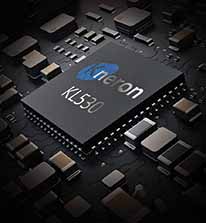

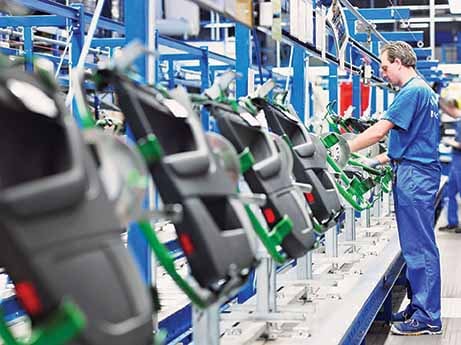
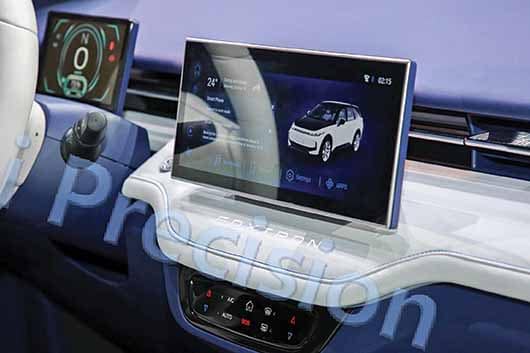


Leave a Reply